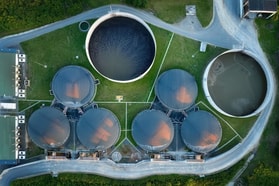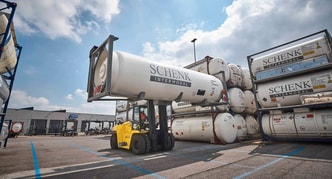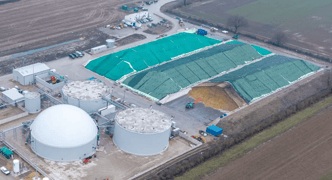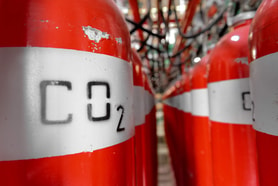Gases in the non-ferrous metals industry
There are around 40 non-ferrous metals in production. Those produced in the greatest quantities are aluminium (37.6 million tonnes), copper (18.8 million tonnes), zinc (11.4 million tonnes), lead (8.2 million tonnes) and nickel (1.5 million tonnes). There are also a number of important alloys produced from these elements, such as brass (made up mainly of copper and zinc) and bronze (copper and tin). And then there are the precious metals, the most significant of which are silver, gold, platinum, rhodium, and palladium.
Non-ferrous metals are in demand as they are used in an incredibly diverse variety of environments, ranging from the catalysts in car exhaust systems to beer cans. Although prices are on the rise, the industry does face increased costs due to stricter environmental controls on production. So the non-ferrous metal producers may need to investigate new production processes which emit lower amounts of CO2 and pollutants.
Recycling of non-ferrous metals is another obvious way of reducing the environmental impact of the industry. The British Metals Recycling Association says that in the EU the use of recycled metals cuts emissions of carbon dioxide by 200 million tpy, which is equivalent to about one half of the total emissions of France. Recycling aluminium is most effective in terms of energy saving, as scrap aluminium melts at 660°C whereas extracting metal from the bauxite ore requires temperatures of around 900°C. Lead production uses the largest proportion of recycled material, with 74% of newly produced lead coming from recycled material.
So what are the prospects for those supplying gases to the industry? The downside is that the scale of production is much smaller than in the steel industry. While a steel plant may require up to 1300 tpd of oxygen, a typical non-ferrous metal plant requires supplies of between 5 and 100 tpd. However, on the positive side, demand is growing strongly. Joachim von Schéele, Marketing Manager for the Metals and Glass division at Linde, said prospects for business with the primary non-ferrous metals industry are good, “The high prices are changing the situation. What wasn’t classified as ore 2 years ago is suddenly ore, because the prices are high.”
... to continue reading you must be subscribed









